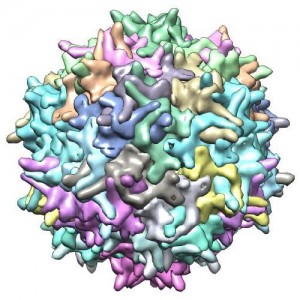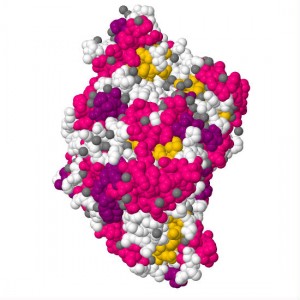Parkinsonism is a syndrome which is characterized by resting tremor, bradykinesia, rigidity, and postural instability. While there are many different causes of parkinsonism, the most common cause is Parkinson’s disease (PD). Parkinson’s disease is a neurodegenerative disease that occurs when cells in the substantia nigra (pars compacta) section of the midbrain that normally produce and deliver dopamine to the neostriatum begin to die. When somewhere around 70% of the dopamine producing cells in the substantia nigra have died, the symptoms of parkinsonism start to appear.
Most pharmacological treatments for PD have focused on increasing the amount of dopamine that is produced in the brain (levodopa), or by stimulating the receptors for dopamine directly using a drug that mimics dopamine (ropinirole, pramipexole). While these approaches can help with the symptoms of PD, the disease still progresses over the course of 10 to 15 years to the point of virtual immobility.
The hope and promise of gene therapy has been the idea of delivering a gene to a cell, having that cell express the protein encoded by the gene, and having the expressed protein doing something that will accomplish the goals of the people who delivered the gene to the cell.
The good people at Neurologix, Inc. (OTC Bulletin Board: NRGX) seem to have done just that with respect to a gene that can help with PD. According to a paper published in The Lancet Neurology, AAV2-GAD gene therapy for advanced Parkinson’s disease: a double-blind, sham-surgery controlled, randomised trial, patients who received the therapy showed a significantly improved baseline over patients who received the sham surgery. Neurologix used an adeno-associated virus (AAV) as the delivery system along with a gene encoding glutamic acid decarboxylase (GAD) as the payload. The therapy was delivered bilaterally to the subthalamic nuclei using a catheter mechanism.
The wonderful thing about this therapy is the hope that the effects will be ongoing, without the progressive decline in efficacy seen in current therapies. Although none of the patients were reported to be back to a baseline level of operation, the ability to move slowly is much better than not being able to move at all.
The success of the Phase II clinical trial opens the door to a Phase III clinical trial with many more patients. I’m sure that many of us are looking forward to the results of the Phase III trial.






